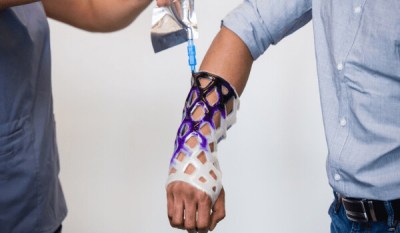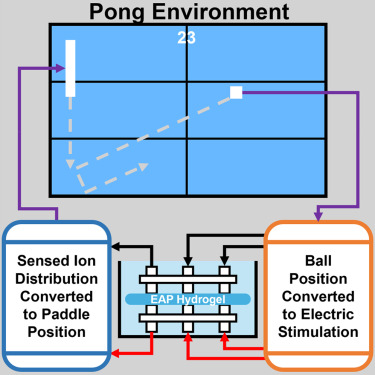It takes but an ill-fated second to break a bone, and several long weeks for it to heal in a cast. And even if you have one of those newfangled fiberglass casts, you still can’t get the thing wet, and it’s gonna be itchy under there because your skin can’t breathe. Isn’t it high time for something better?
Enter Cast21, co-founded by Chief Technical Officer [Jason Troutner], who has been in casts more than 50 times due to sports injuries and surgeries. He teamed up with a biomedical design engineer and an electrical engineer to break the norms associated with traditional casts and design a new solution that addresses their drawbacks.
 So, how does it work already? The latticework cast is made from a network of silicone tubes that harden once injected with resin and a catalyst mixture. It takes ten seconds to fill the latticework with resin and three minutes for it to cure, and the whole process is much faster than plaster or fiberglass.
So, how does it work already? The latticework cast is made from a network of silicone tubes that harden once injected with resin and a catalyst mixture. It takes ten seconds to fill the latticework with resin and three minutes for it to cure, and the whole process is much faster than plaster or fiberglass.
This new cast can be used along with electrical stimulation therapy, which can reduce healing time and prevent muscle atrophy.
Cast21 is not only breathable, it’s also waterproof, meaning no more trash bags on your arm to take a shower. The doctor doesn’t even need a saw to remove it, just cut in two places along the seam. It can even be used as a splint afterward.
It’s great to see advancements in simple medical technologies like the cast. And it looks almost as cool as this 3D-printed exoskeleton cast we saw ten years ago.
Thanks to [Keith Olson] for the tip!




















